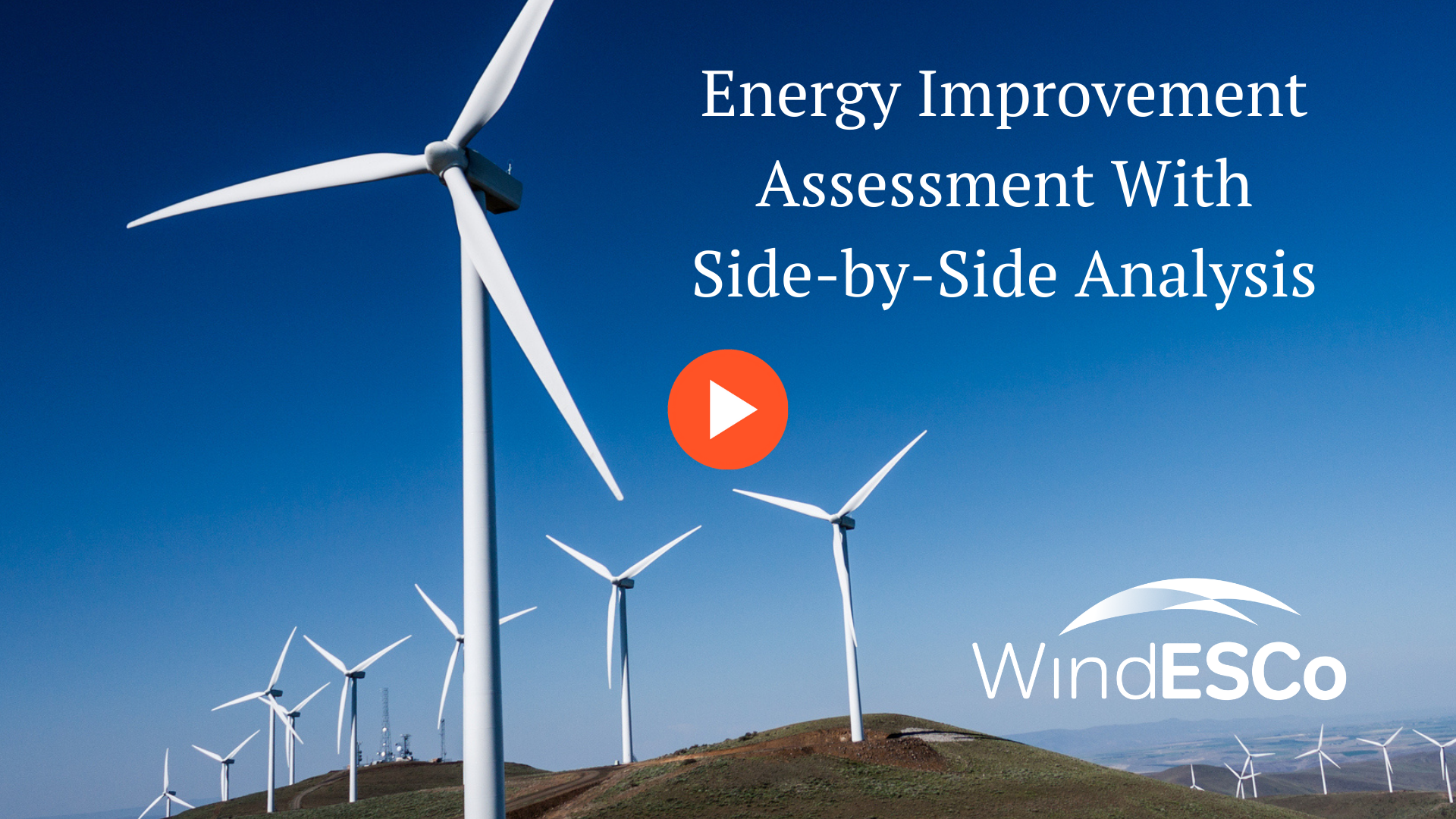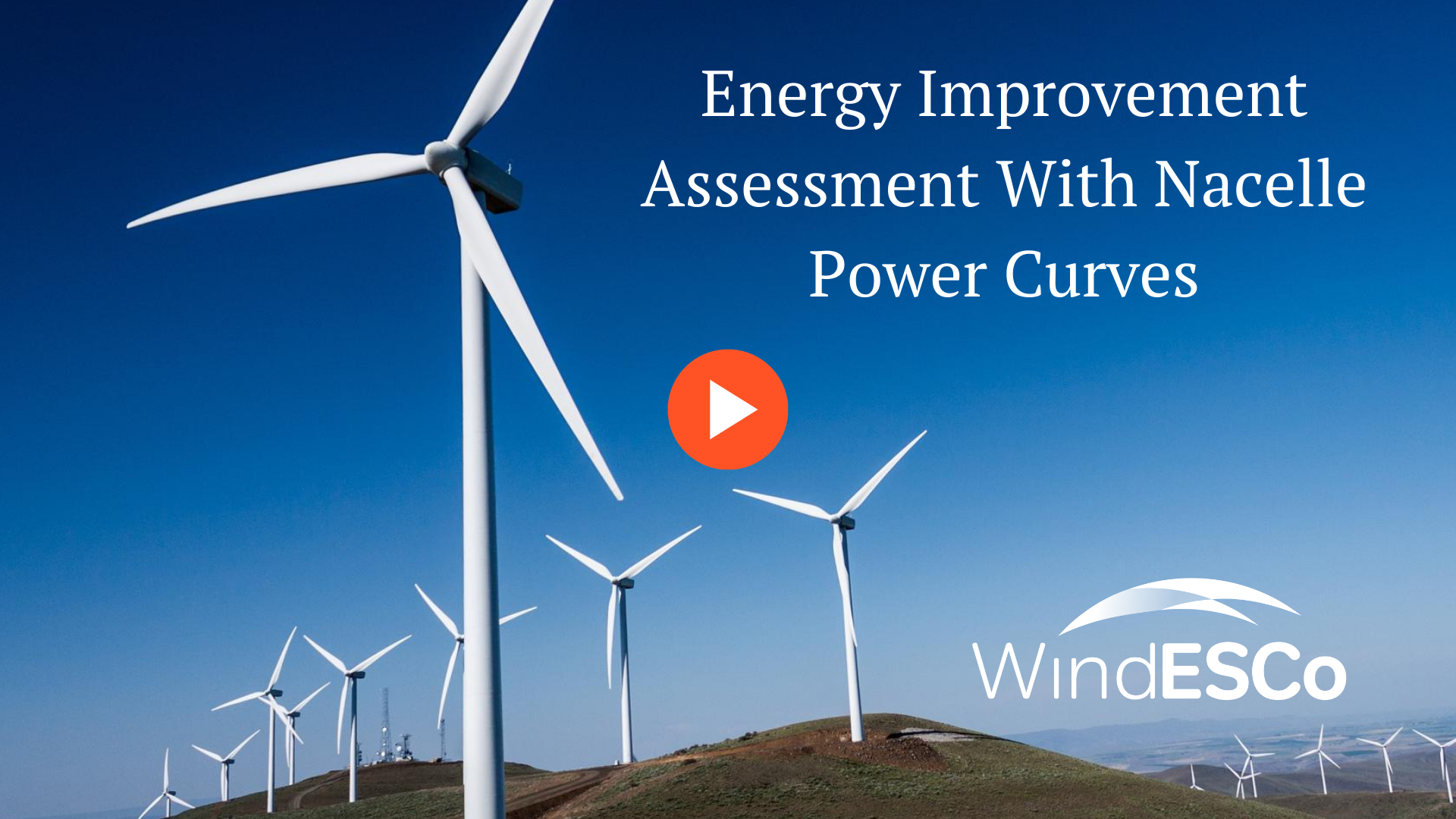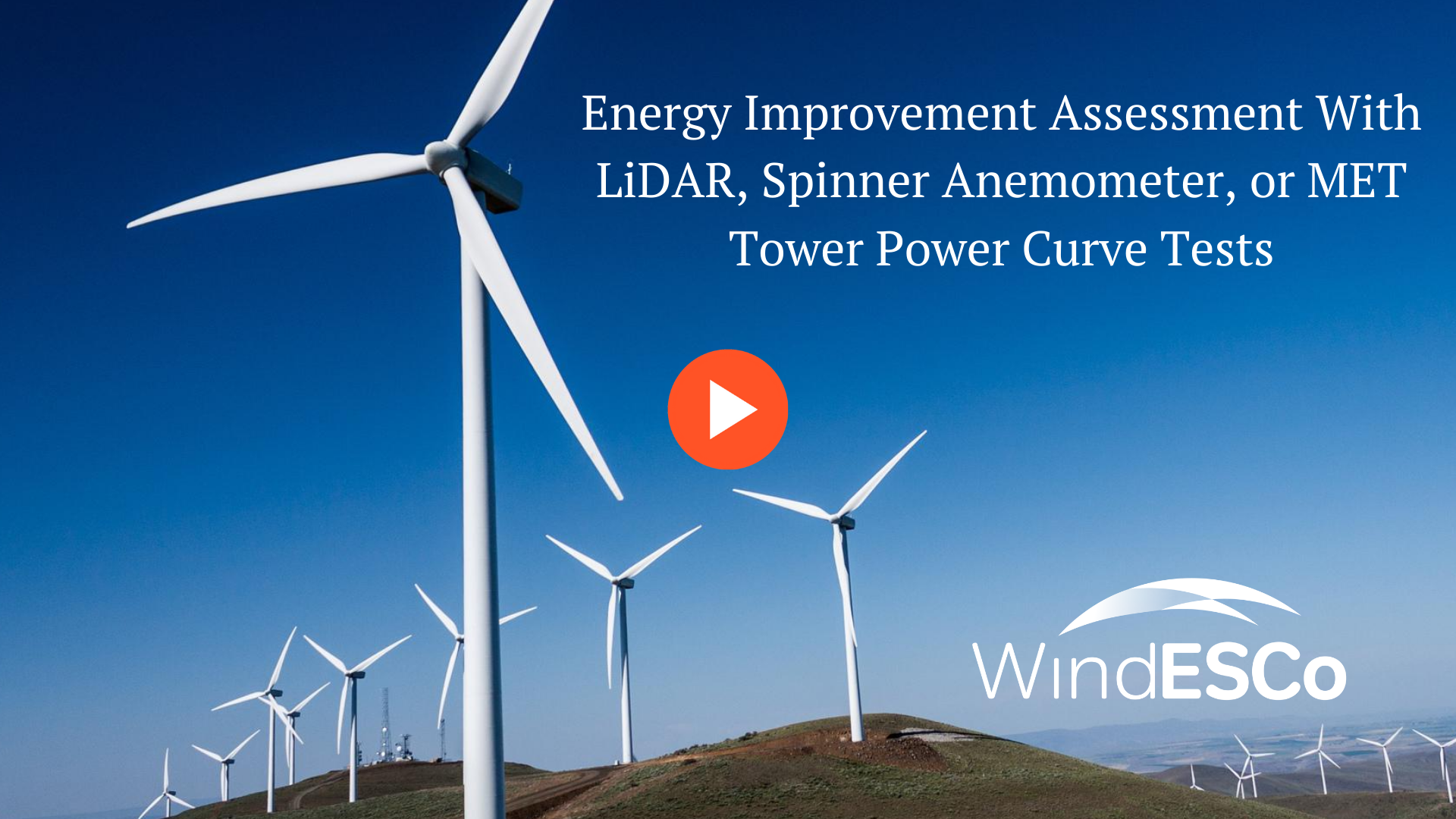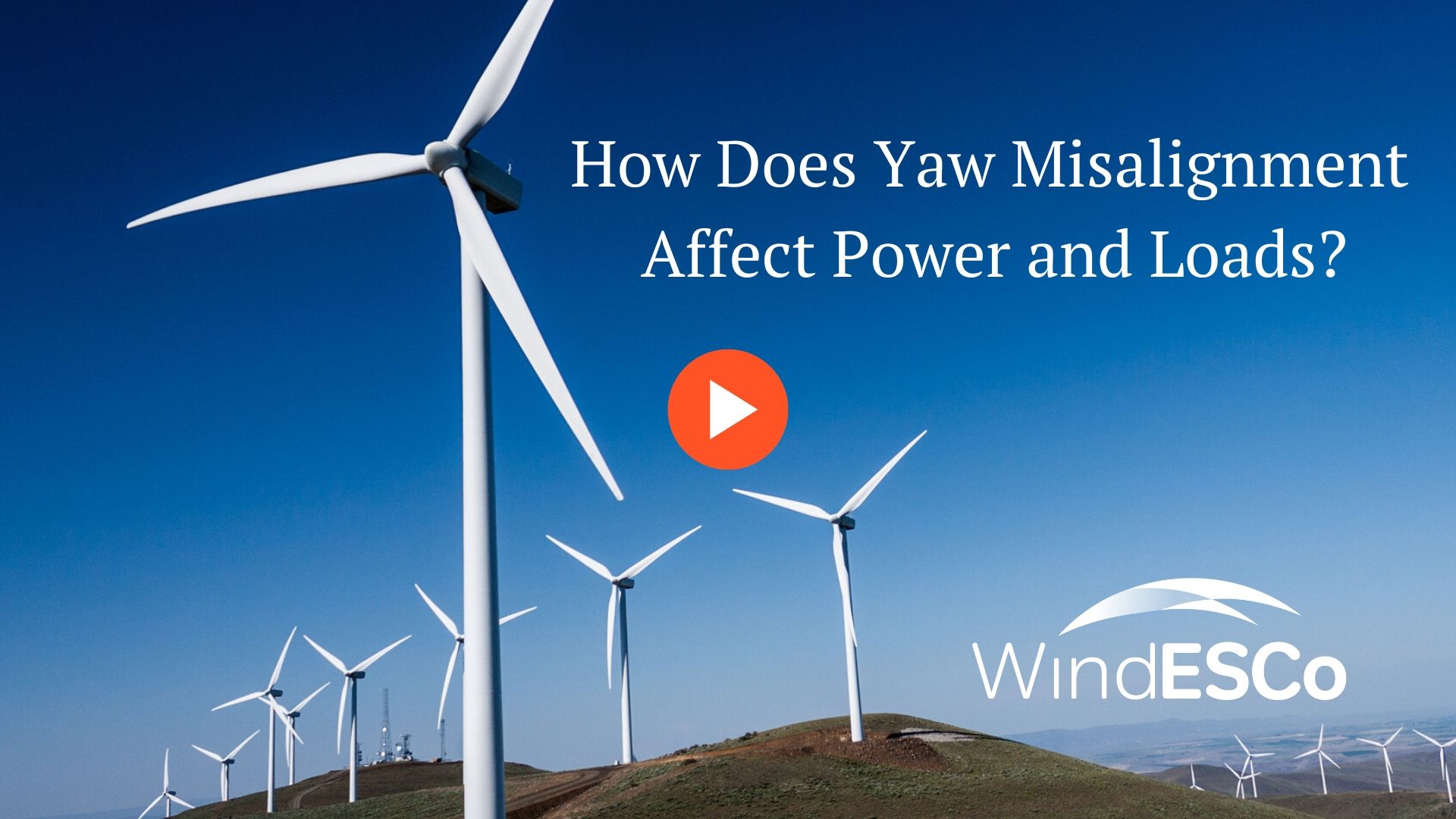Why Nacelle Power Curves Can Be Misleading for Energy Improvement Assessments
In our last video, we laid out the basic requirements for a successful methodology to assess the energy improvement from wind turbine upgrades: ...
1 min read
WindESCo Sep 23, 2020 5:49:51 PM

Welcome back to our series looking at methodologies for assessing the energy improvement from wind turbine upgrades. In previous videos, we’ve shown that nacelle power curves aren’t reliable due to the interaction between turbine performance and the nacelle transfer function. We've also determined we’d prefer a method that doesn’t require expensive equipment and measurement campaigns like typical power curve tests do.
Here we introduce the concept of so-called "side-by-side analysis," where we use one or more unchanged “control” turbines to measure or predict the power from the upgraded “test“ turbines.
We might first think about analyzing the mean power ratio between test and control turbines before and after the upgrade. However, this method neglects the potential difference in wind speed and direction distributions between the baseline and optimized periods, which can change this power ratio without a change in turbine performance.
We can try to account for the difference in the distributions before and after an upgrade by doing what’s called binning. For example, we could bin the test-to-control power ratio by the control turbine power in 100 kW bins, and average in each bin. Comparing the binned relationship before and after can give us an estimate of the difference in energy production with and without the upgrade.
But what if the test/control power relationship depends on other variables, like wind direction, turbulence intensity or the operational state of a neighboring turbine? This would show up as a high variance in each of the power bins, increasing uncertainty. We could add bins for these other variables, like wind direction, but then we’ve reduced the number of data points in each bin significantly, which also increases uncertainty in each bin. This problem is known as the “curse of dimensionality.” It’s a delicate balance. What if there was a more automated way to choose how many dimensions to use and how to construct their relationship?
Keep following along for the final installment in this series, where we describe the energy improvement assessment method we’ve found to have the highest accuracy while remaining cost-effective and reproducible.

In our last video, we laid out the basic requirements for a successful methodology to assess the energy improvement from wind turbine upgrades: ...

Welcome to the next installment in our search for an accurate, cost-effective, and reproducible method to assess the energy improvement from wind...

We've previously discussed yaw misalignment in-depth: what it is, what causes it, and how to measure it in your wind project. Today we'll be diving...